Why Your Home Router is 192.168.1.1
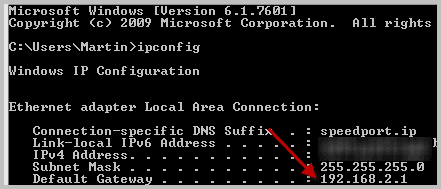
These days, there is one piece of networking equipment that has become much more common: the router. Many of them actually have the same IP (Internet Protocol) number, 192.168.1.1, and for an interesting reason.
Every website, router, and computer has an IP address. It is how computers uniquely identify themselves on a network or on the Internet.
Typically, in a home network, your router assigns one to your computer. How does it make sure the IP address on your home computer is not the same as one on the Internet? There actually is a list of numbers that is reserved for private use (home, office, corporate, etc.). They are never used for a public website. While the details of how IP numbers are used is intricate, the ranges of reserved numbers are straight forward:
- 10.0.0.0 to 10.255.255.255
- 172.16.0.0 to 172.31.255.255
- 192.168.0.0 to 192.168.255.255
Notice how the last section starts with 192.168.0.0 and that looks a lot like the 192.168.1.1 router address. It may sound strange, but the 192.168.0.0 is actually used to refer to a group of computers. It is OK if that seems odd or does not seem to make sense.
The important thing to recognize is that 192.168.1.1 was chosen because it is a low number in this special range. Your computer's IP number, given to it by the router, will be similar. It should be something like 192.168.1.x (x is a number between 2 & 255).
The nice thing about this convention is that you can memorize this number for many routers. It may work for every router you ever own. It also should work with the routers of family and friends. This is useful for configuring routers and trouble shooting networks.
Using the number, 192.168.1.1, is actually an easy way to configure your router. For most modern home routers you can just type it into your browser. A configuration page should come up. What it will look like will change from manufacturer to manufacturer.
Some may require a username and router password to see anything, others will at least tell you if you are connected to the Internet or not. If you cannot connect to a few different sites, you may be able to check here to see if your Internet connection is down. (Once I typed it in and nothing came up: someone unplugged the router.) Be sure to read your router's manual before changing any settings. You probably need to log-in to do any real damage, though.
Important note: If your router does not require a password to edit core settings, you have a serious security problem. Please contact your Internet Service Provider for help and instructions on how address that issue. Ghacks has a guide to secure your wireless router that you should take into consideration. It is very easy for someone to change the settings on your router if there is no password protecting in.
Do all routers use this number to identify themselves? No. Some routers will default to a different number. There is no rule or law stating that it has to be 192.168.1.1; it is just a convention. If you look on the bottom of your router, or its manual, you will usually find out what that number is. Typically it is a 192.168.x.x number, but 172.x.x.x or 10.x.x.x are possibilities too. It would be very strange for it to be something else. The IP number on your computer should still be similar to the router's number (the number before the first decimal point has to be the same). (Sometimes routers displays domain names instead, like speedport.ip which they resolve internally to the IP, meaning you can enter both the IP or domain name to load the router configuration)
Some other common numbers are 192.168.0.1 (ex. D-Link & Netgear) and 192.168.2.1 (according to 19216811.net). While 192.168.1.1 is often mentioned as a Linksys convention, it is used by other brands such as Speedtouch. If you are using a router from an Internet Service Provider, it may actually be made by Linksys. Cisco uses 192.168.1.1 for some of its routers (such as those for small business), but that is no surprise as they own Linksys. Here is a list of some more examples.
One of the easiest ways to find out the IP address of your router is to open a command prompt (by pressing Ctrl-R, typing cmd and then the enter key) and enter the command ipconfig in it. Locate the Default Gateway entry, which in most cases is your router's IP address.




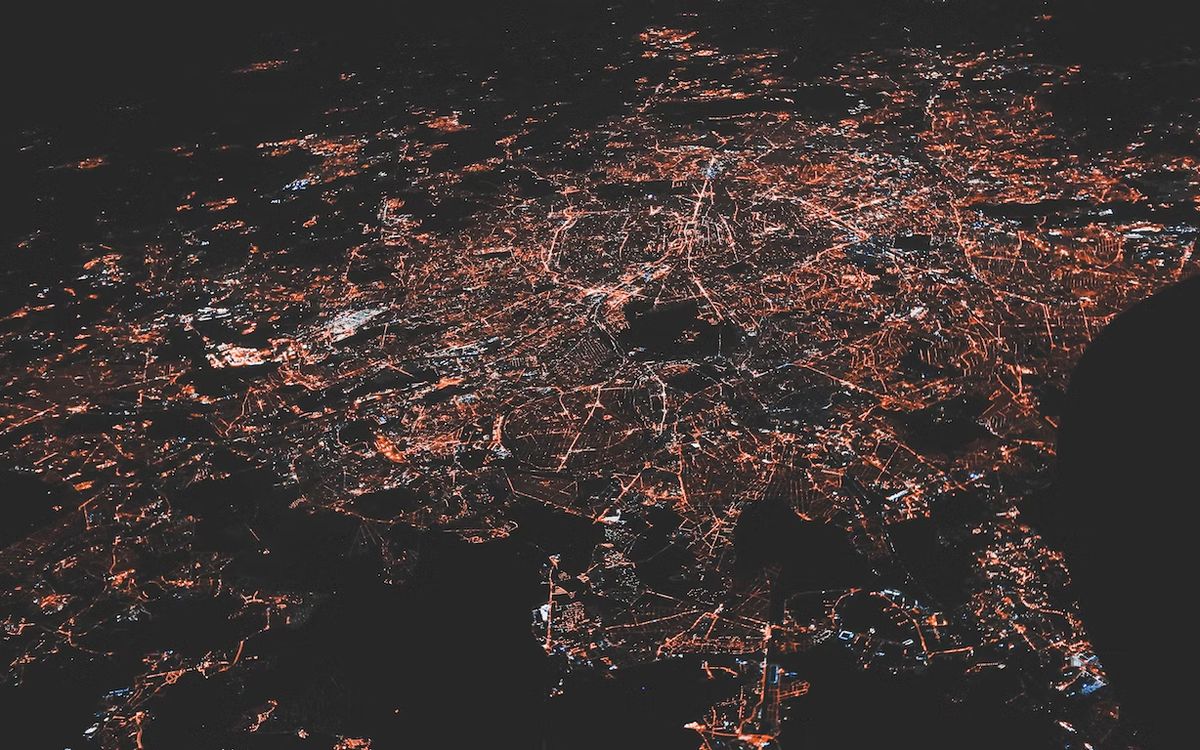
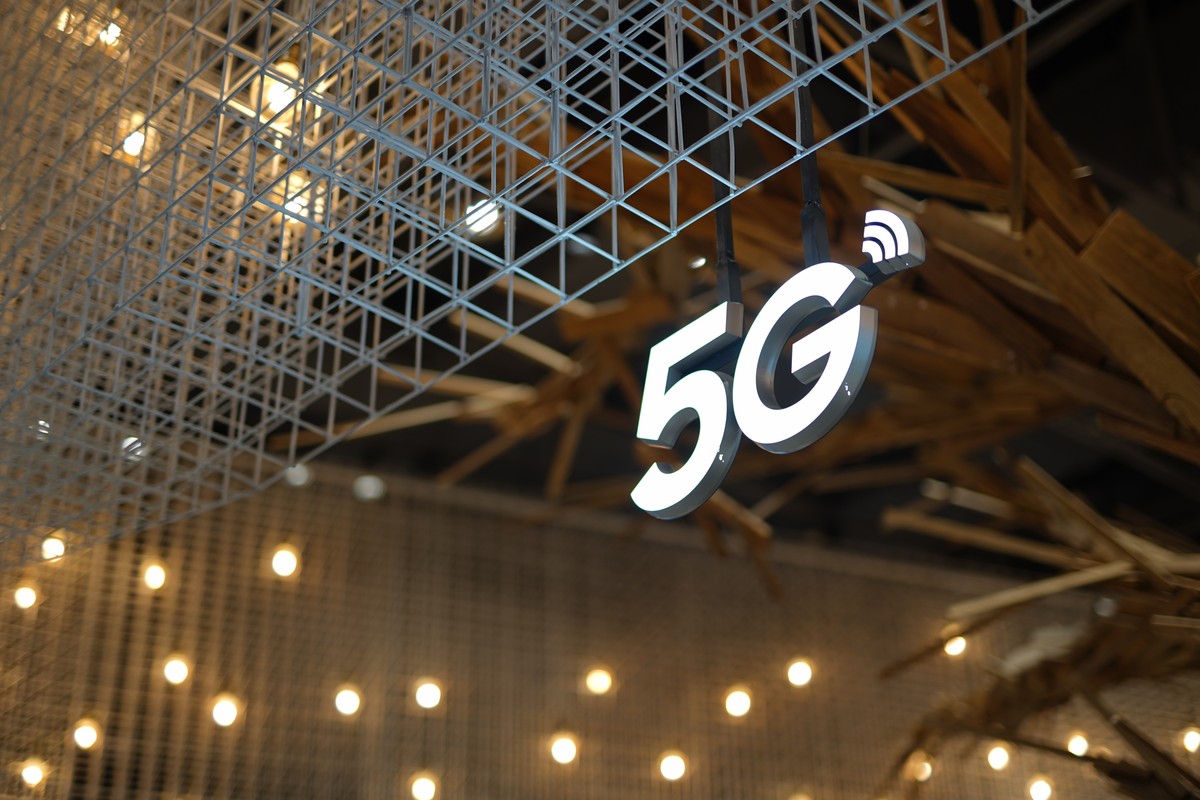
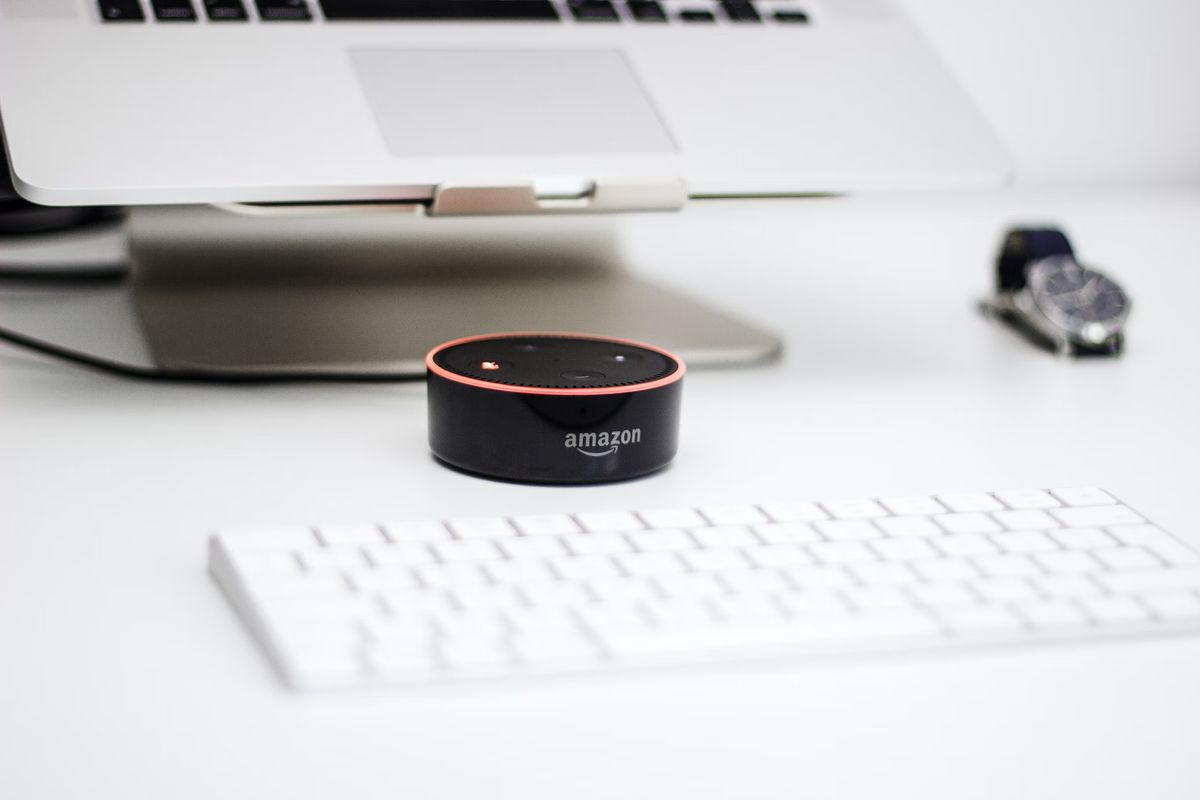
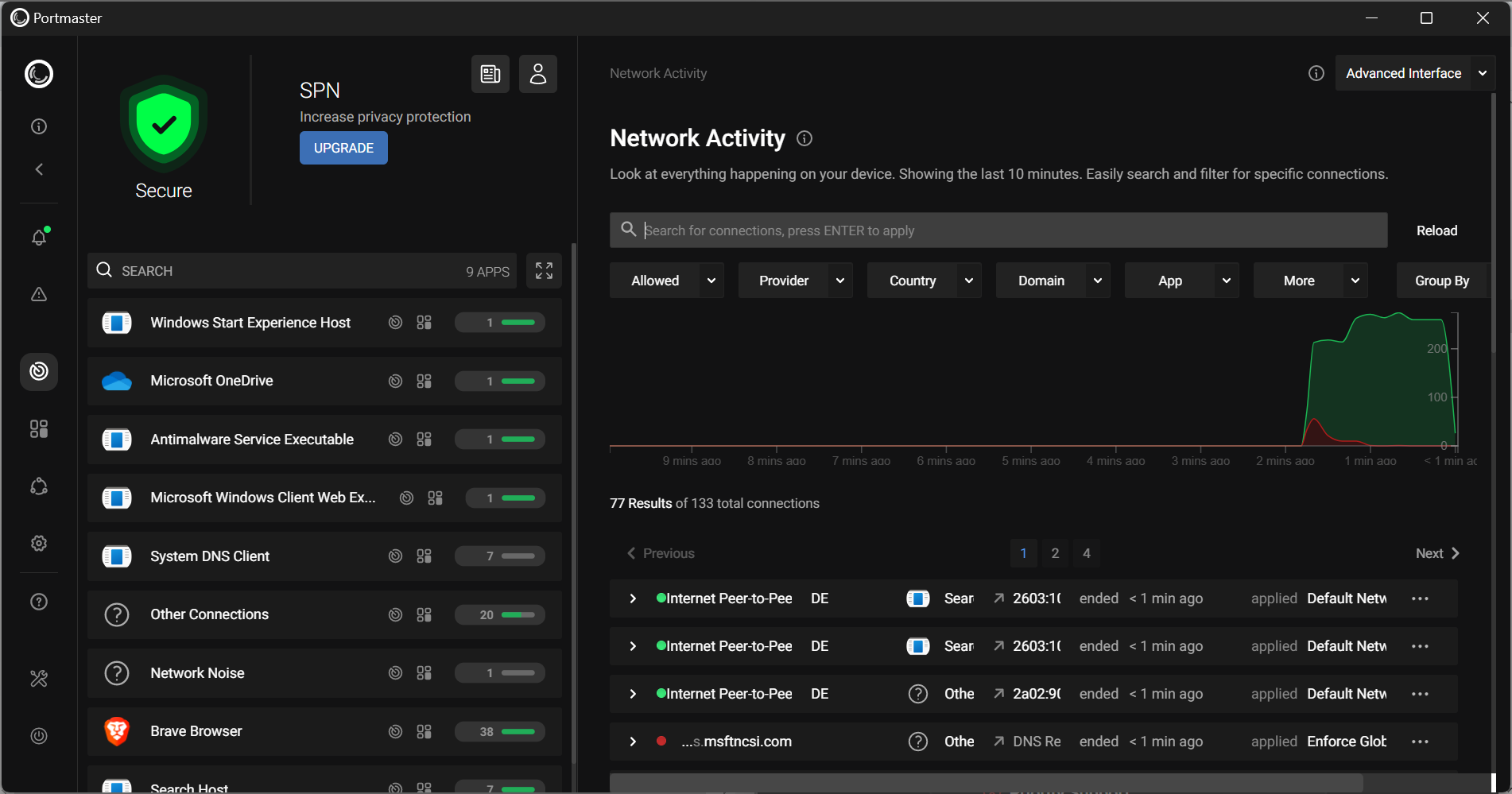
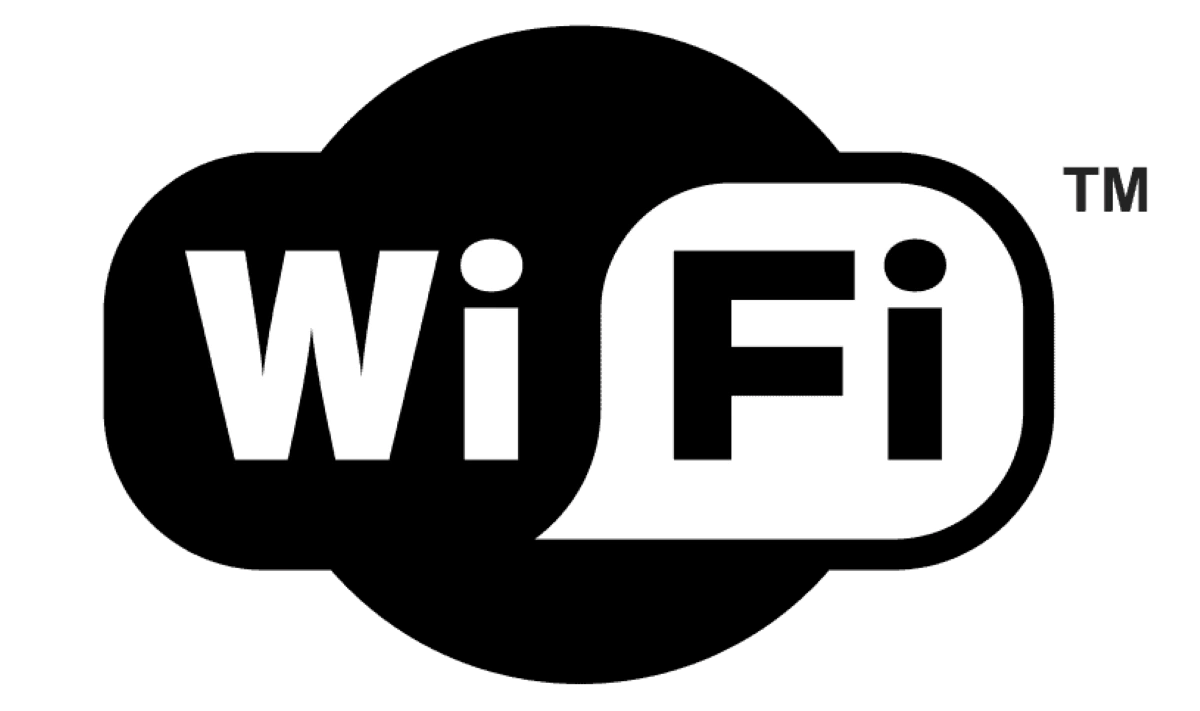
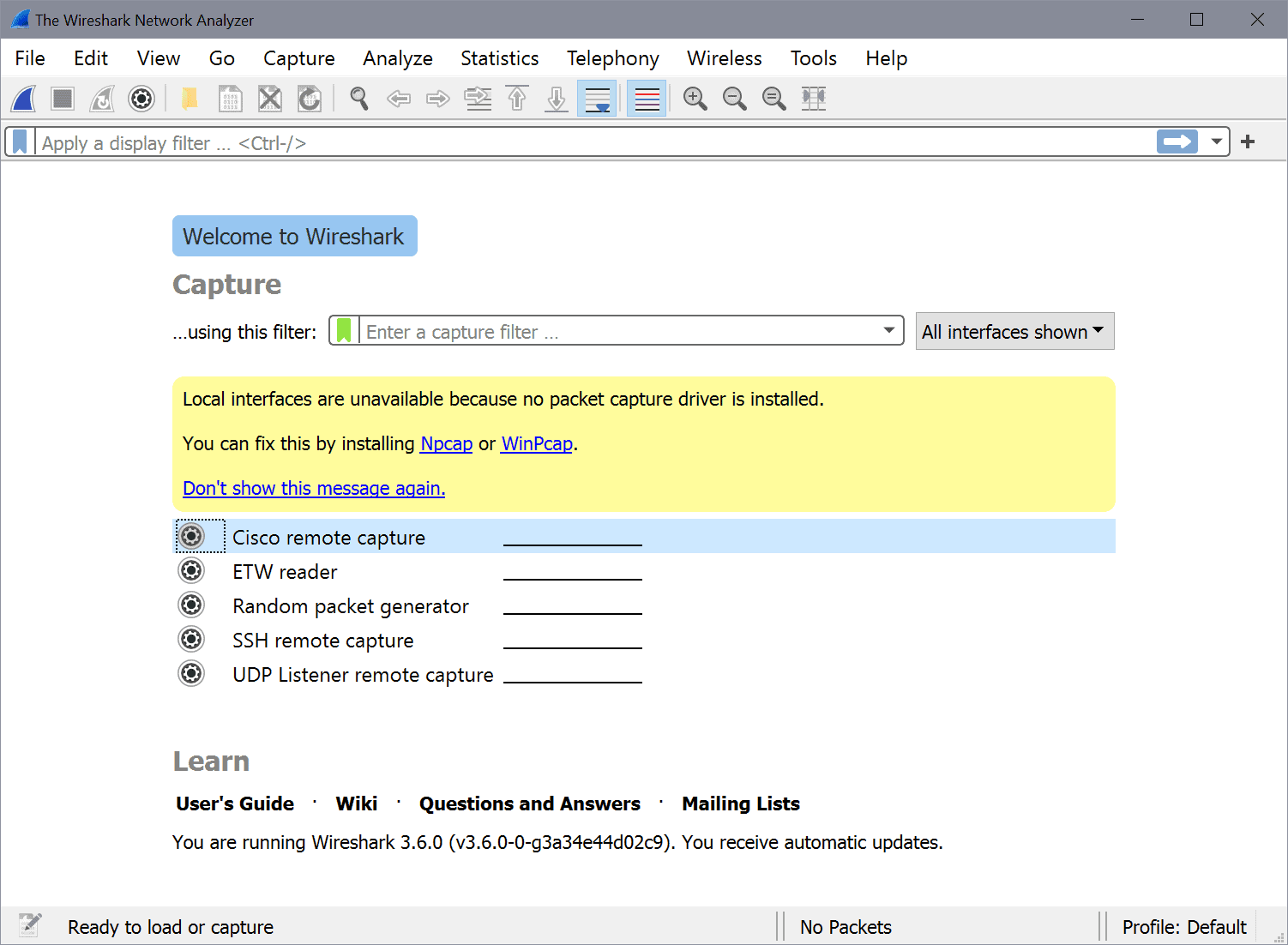










Simply put, ip 1.0.0.0.1 addresses are labels used to identify devices on a computer network. Having an IP address allows a device to connect and communicate with other ..
Just like another commonly used private IP Address 192.168.1.1, IP 10.0.0.1 or IP 10.0.0.0.1 is also used by many of the router manufacturers and gateway equipment suppliers to give it their default IP Address.
Know more about them here:
10.0.0.0.1 Comcast, Netgear and AT&T Router Login [Step by step]
Not all the routers will have same login IP. Comcast routers have 10.0.0.0.1 and the netgear routers use 192.168.1.1. Know more about them here: 10.0.0.0.1 Comcast, Netgear and AT&T Router Login [Steps]
this ip adress very special and useful. you can access a lot of router admin panels on https://19216811.network 192.168.1.1 ip adress.
192.168.1.1 (192.168.l.l), 192.168.2.1, 192.168.0.1 or 10.0.0.x IP addresses are the default gateway of most routers in the world.
Well chenchu in short IPv4 is made up as 4 groups of 3 decimal numbers. Since in binary its length is 32 bits and it represents values from 0 up to 255 in decimal.
You can check the links here:
http://www.bleepingcomputer.com/tutorials/ip-addresses-explained/
For Cisco specifically checks on Cisco.com or enroll in any corsi cisco ccna. It should teach you the nuts and bolts of IPv4 and IPv6
Take care, Francesco.
192.168.1.1
in above ip
what is 192=
what is 168=
what is 1=
what is 1=
An ip is just a “phone number”. Technically its a 4 byte integer number. Ie 4 blocks of 8 boolean values giving 2^(4*8)=4294967296 possible ips.
The usual 4-way decimal representation (one block is 1 byte, thus 0-255 per block) makes it easy to communicate. Some areas/ranges of ip are resserved, just as if you dial 999/911/110/112 on your phone. Basically 10.x.x.x, 172.16.x.x and 192.168.x.x just mean “you’re not calling the world wide web right here”, and 127.0.0.1 means “this is yourself”.
You may represent the ip in other ways.
Hexadecimal is convenient because 2 hex digits is exactly one byte.
Binary is convenient because it makes masking easy to understand.
Decimal (the normal way) is easy to understand because you are born with not 16, not 2 but 10 fingers on your hands.
192=C0,168=A8,1=1,1=1
hex: C0 A8 01 01
bin: 11000000 10101000 00000001 00000001
Bottom line is: An ip is a number – just not the way you’re used to. Nothing more.
Your list of router ips didn’t include the BT Home Hub. For anyone who needs the BT Home Hub IP address it is
192.168.1.254
or
http://bthomehub.home
PS – Nice article, it answered my question, why 192.168…?
“it is just a convention” (not a very exciting reason but hey ho…)
Have a problem :-(, not a comment… sorry:-)
Using a DLink router (Dir-320). It works fine with 192.168.0.1 and otherIPs like 192.168.3.1 or 192.168.7.7… just as a sample, BUT Icant get it to work with 192.168.1.xx :-( WHY ???
I always connect w/the PC, and via teh Cable Modem (ISP) to the Internet, EXEPT when I configure with (192.168).1.xx subnet 1.xx IP “ONE”.xx !?
I always try release and renew DHCP on the PC side, as well as on the Router / internet(modem) config side, to no avail :-(
Also reseteing the modem, or rebooting the router, or even restartin PC does NOT help ! (somehow a DNS lookup problem?)
Any idea ???
BTW, tried 192.168.1.1 IP with OTHER (Encore) Router, and that gets through the modem to the internet just FINE !
Any idea ???
@ Brian
http://packetpushers.net/show-21-ipv6-for-the-win-part-1/
http://packetpushers.net/show-21-–-ipv6-for-the-win-part-2/
There are other Packet Pusher episodes on IPv6 but those two cover it quite thoroughly — from a working sysadmin POV instead of some dry, academic discussion.
Also good to note that most of those manuals need not be print manuals but can be found online, one good trick I do is always find the digital copy of the manual and save it to a customers hard drive on a folder at the root of C: (on a PC) along with some other valuable stuff so they can find anything they need there. If we are troubleshooting a router it’s too late to try to find it online! :)
Would love to see an article explaining what you know about IPv6, have a feeling I’m going to have to get a grip on that soon!
Somehow… IPv6 sucks.
The good news is, for local networks, you can just use IPv4. In terms of the world, IPv6 is needed; in terms of the home or industry, IPv4 should do the job just fine.
These IP v4 addresses will soon look simple. Seen an example of IPv6 yet?
2001:0db8:3c4d:0015:0000:0000:abcd:ef12
Yep. We’ve used them in my Server 2008 class. The only good news is that you can abbreviate them:
2001:0db8:3c4d:0015::abcd:ef12
Not a lot better, but it is something. It also lets you assign shorter addresses than IPv4 under the right conditions:
2001:0000:0000:0000:0000:0000:0000:ef12 = 2001::ef12
So what’s the interesting reason? Nothing interesting about it being low in the 192.168.0.0 range….
When I learned that my router IP# was in a range that could never be on the Internet, I thought it was interesting. Heck, I found it interesting to learn about brands that use one number off. That’s valuable information for someone that often is asked to trouble shoot computers and networks.
Sorry you didn’t enjoy the article, but I think it’s because you knew about it already. As a student, I’ve only learned about some of these things recently.